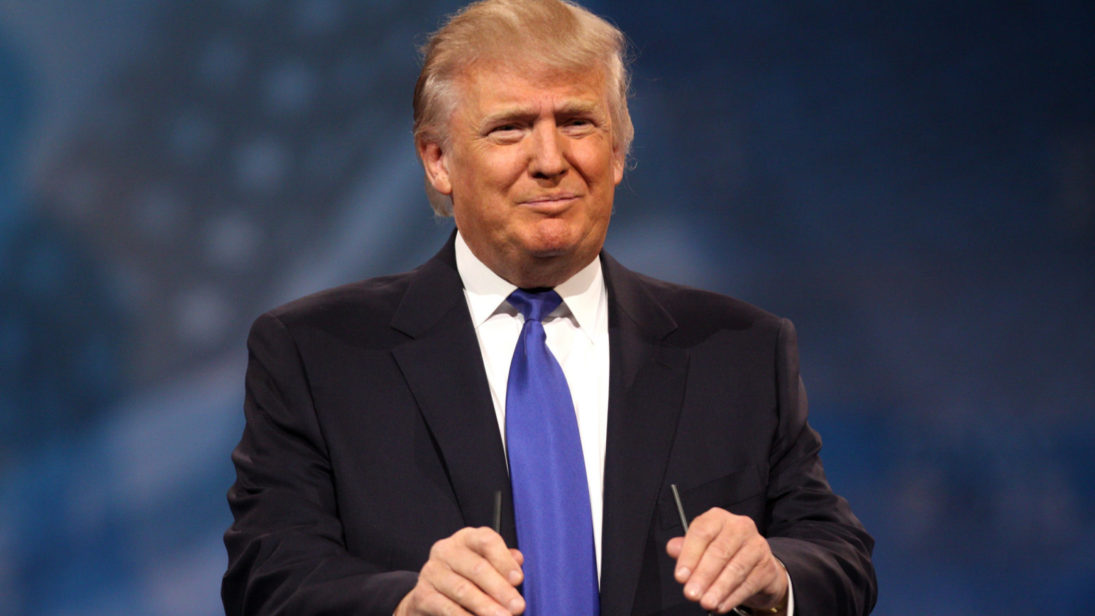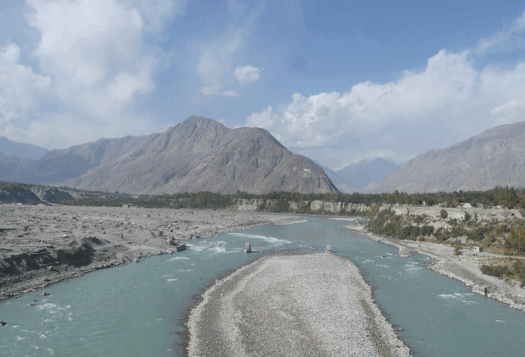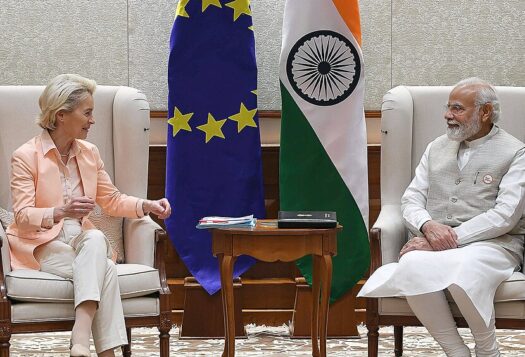
Overview
As Donald Trump embraces the responsibilities of the presidency of the United States, his strategy towards South Asia remains largely vague and inconsistent. While Trump’s predisposition towards India has generally been positive, there are lingering ambiguities regarding his policies toward the rebalance to Asia, Af-Pak, trade, and investments, all policy areas important to India. However, despite elements of uncertainty, bipartisan support for improving India-United States relations is likely to lead both countries to greater convergence in the security domain. Three areas in particular deserve attention: combating terrorism, ensuring a stable Afghanistan, and greater strategic coordination in the Indian Ocean.
Background
One shared concern between India and the United States is the rise in terrorism, which remains the single most potent threat to South Asia’s peace and stability. During the confirmation hearings of President Trump’s national security appointees, several argued that the United States is at war with “radical Islamic terrorism.” James Mattis, the pick for defense secretary, noted in a written submission to the Senate Armed Services Committee that he will work to address critical issues such as “Pakistan’s need to expel or neutralize externally-focused militant groups that operate within its borders.” The strong rhetoric pushing Islamabad to take action to dismantle terrorist safe havens is welcome. However, eight years ago, President Obama also started his term with the ambitious goal of “disrupting, dismantling, and defeating al-Qaeda” in Pakistan and Afghanistan. This goal remains elusive, as the subcontinent continues to reel from terrorist attacks.
The Obama administration had also encouraged a larger Indian role in Afghanistan. But there was ambiguity from Washington about what exactly it expected from New Delhi in terms of providing security.Thus, despite being one of its largest donors and an important partner in its development, New Delhi was left out in the cold on matters related to the security of Afghanistan.
Stability in the Indian Ocean continues to be at the heart of New Delhi’s strategic calculus. A fragile and steadily deteriorating strategic maritime environment in Asia has alarmed India and is of grave concern to the United States as well. China’s Chinese aggression in the South China Sea and defiance of international law as well as its increasing presence in the Indian Ocean has motivated India to leverage its geographic position, and the United States its military strength, in order to maintain a stable and peaceful Indian Ocean Region (IOR). Additionally, deployment of Chinese submarines in close proximity to India, and troops at Gwadar port in Pakistan’s Balochistan province has alarmed India’s defense establishment. Experts opine that the China-Pakistan nexus is utilizing these dual-use infrastructures, developed for both commercial and military purposes, to “squeeze India to the extent possible.” President Trump inherits the Oval Office at a time when India and the United States have already taken significant steps towards greater coordination in the Indian Ocean. For instance, in 2016, both countries concluded a technical arrangement for sharing maritime “White Shipping” information to improve effective data sharing on cargo ships.
Recommendations
Terrorism in South Asia: If the Trump administration intends to support its staunch rhetoric against terrorism with tough actions, it must involve India in its regional counterterrorism efforts. The administration will need to induce more heft in the U.S.-India Joint Declaration on Combatting Terrorism and go beyond simply calling out threats posed by entities such as al-Qaeda, Lashkar-e-Taiba, Jaish-e-Mohammad, and the Haqqani Network, and push both Islamabad and Rawalpindi to take action against these terror outfits. There is also room for greater operational coordination between the United States and India such as intelligence and information sharing, cyber security, finalizing the terrorist-watch list information, mega-city policing, and allowing Indian entry into the U.S. Department of Homeland Security Global Entry Program. The Trump administration can work to give shape to former Director for South Asian Affairs of the National Security Council Peter Lavoy’s idea that any counterterrorism effort will need to include regional dialogue among India, Pakistan, and Afghanistan.
Ensuring a Stable Afghanistan: President Trump’s lack of a coherent strategy for Afghanistan is worrying. Amidst the withdrawal of U.S. forces from active combat in Afghanistan, greater United States-India cooperation in the development of Afghanistan will serve as a strategic imperative as well as enable the two democracies to scale maturity in collaboration. However, there are several challenges to expanding India’s security footprint in the region. As Alyssa Ayres points out, Pakistan views Indian influence in Afghanistan as inimical. The incoming Trump administration will need to balance the goals of including India as a security partner, minimizing the threats of Taliban resurgence, and avoiding Pakistani backlash.
Greater Strategic Coordination in the Indian Ocean: Even though Trump has called India an “important Pacific power,” he has not stressed the urgent need for United States-India coordination in the Indian Ocean. It will be crucial for the Trump administration to continue to bolster the United States-India joint statement of June 2016, which emphasizes “securing the domains” in the maritime space as both countries agree to treat each other as “priority partners” in Asia. Furthermore, it would be in the mutual interest of both countries to sustain and embolden the Maritime Security Dialogue, which is aimed at boosting cooperation on matters of Indo-Pacific security and maritime governance, and in the scientific realm. Ultimately, the Trump administration will need to collaborate with India in the Indian Ocean to ensure a favorable security environment that promotes freedom of navigation and fosters trade and inclusive growth for Indian Ocean littorals. As President Trump has called for the rebuilding of America’s military, it is expected that there will be an increase in military sales and technology transfers to India. This would bolster India’s defense preparedness with platforms like the P8-Is, which can detect submarines in the Indian Ocean and engage in anti-submarine warfare.
Despite the uncertainties attached to a Trump presidency, it is likely that New Delhi will continue to play a role in Washington’s strategic calculus when addressing foreign policy priorities. In the next few months, the political establishment in New Delhi will tread cautiously to test the resolve of the Trump administration to work shoulder to shoulder on critical security issues.
Editor’s note: As Donald J. Trump assumes the presidency of the United States, SAV contributors write memos laying out the issues he should pay attention to in South Asia—specifically with regard to security, India-Pakistan tensions, and Afghanistan. Read the entire series here.
***
Image: Flickr, Gage Skidmore


